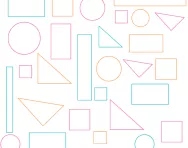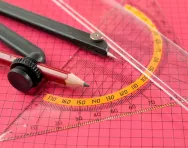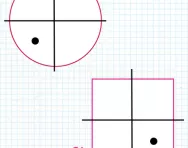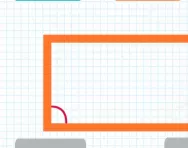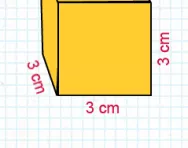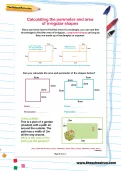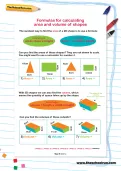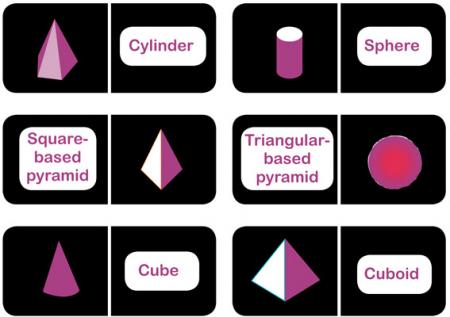TheSchoolRun.com closure date
As we informed you a few months ago, TheSchoolRun has had to make the difficult decision to close due to financial pressures and the company has now ceased trading. We had hoped to keep our content available through a partnership with another educational provider, but this provider has since withdrawn from the agreement.
As a result, we now have to permanently close TheSchoolRun.com. However, to give subscribers time to download any content they’d like to keep, we will keep the website open until 31st July 2025. After this date, the site will be taken down and there will be no further access to any resources. We strongly encourage you to download and save any resources you think you may want to use in the future.
In particular, we suggest downloading:
- Learning packs
- All the worksheets from the 11+ programme, if you are following this with your child
- Complete Learning Journey programmes (the packs below include all 40 worksheets for each programme)
You should already have received 16 primary school eBooks (worth £108.84) to download and keep. If you haven’t received these, please contact us at [email protected] before 31st July 2025, and we will send them to you.
We are very sorry that there is no way to continue offering access to resources and sincerely apologise for the inconvenience caused.
Space and shape
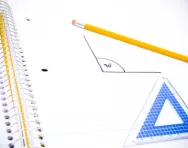
From learning the names of 2D and 3D shapes, to calculating area, you'll find lots of space and shape worksheets here to help support learning at home, including properties of 2D shapes, horizontal, vertical, perpendicular and parallel lines, tessellation, measuring angles, shape nets, reflective symmetry, language of direction, calculating the areas of parallelograms and much more.
Support your child's space and shape learning
Your child will be taught about the properties of the shapes in the world around them (primary geometry) from Reception to Year 6. To help them grasp this important skill, make sure you understand what each concept means. Need to explain the difference between equilateral, scalene, isosceles and right-angled triangles or calculate the volume of a 3D object? You'll find the answer here.
Then you can help your child practise each space and shape skill with a teacher-created worksheet, activity or game. Our printable PDF worksheets are in-line with National Curriculum objectives for each school year and cover all the core space and shape topics such as pentagons and hexagons or the perimeter and area of irregular shapes. Want to make it fun? Try a directions obstacle course, have a go at some 2D shape art or try some online activities like counting the edges, faces and vertices of a 3D shape or reflecting shapes in a vertical mirror line on a co-ordinates grid.
And you'll find even more great activities in our Primary Geometry: Shape and space pack.
Tutorials
Worksheets
Once you know how to find the area of a rectangle, you can use this knowledge to find the area of irregular, compound shapes as long as they are made up of rectangles or squares. Can you calculate the area and perimeter of the shapes below?
means the quantity of space taken up by the shape. Can you use the right formula to find the volumes of these cuboids?
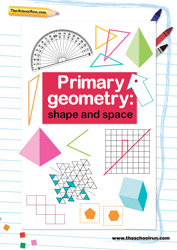
Primary Geometry: shape and space
The tricky part of geometry, for many children, is the large amount of geometrical vocabulary that they will need to learn, remember and use correctly. This pack covers all the important concepts with 70 pages of information as well as lots of tips and fun activities that will help your child recognise shapes, measure angles and calculate area and perimeter with ease.
In your Primary Geometry: shape and space learning pack you'll find:
- Essential vocabulary
- Shape and space tips for parents
- 2D and 3D shapes
- Turning through angles
- Looking at cubes and cuboids
- Writing directions, clockwise and anti-clockwise
- Sequencing
- Pentagons, hexagons, octagons, nonagons, polygons, decagons
- Cylinders, cones and spheres
- Angles
- Carroll diagrams
- Perimeter and area
- Pyramids and triangular prisms
- Nets and cubes
- Quadrilaterals
- Right-angled triangles and equilateral triangles
- Isosceles triangles and scalene triangles
- Rotating shapes
- Symmetry
- Using a protractor
2D or 3D?
If your child needs help remembering the names and properties of 2D and 3D shapes, have a look through these fun worksheets:

